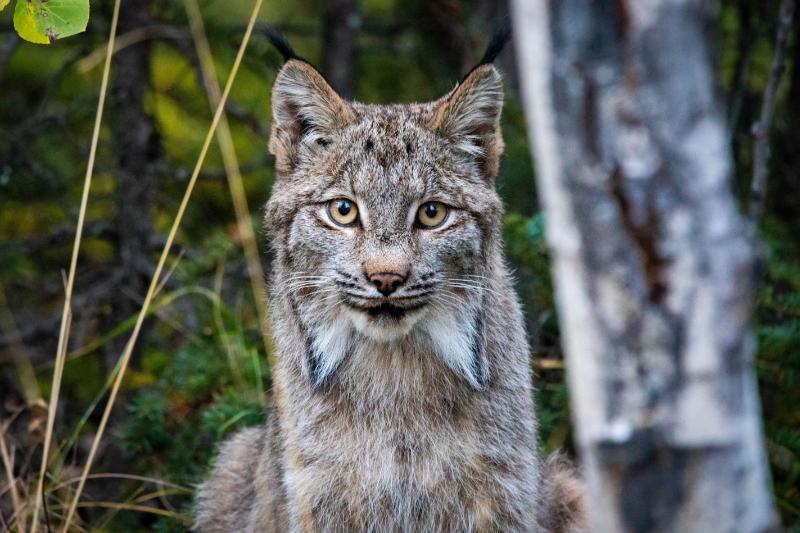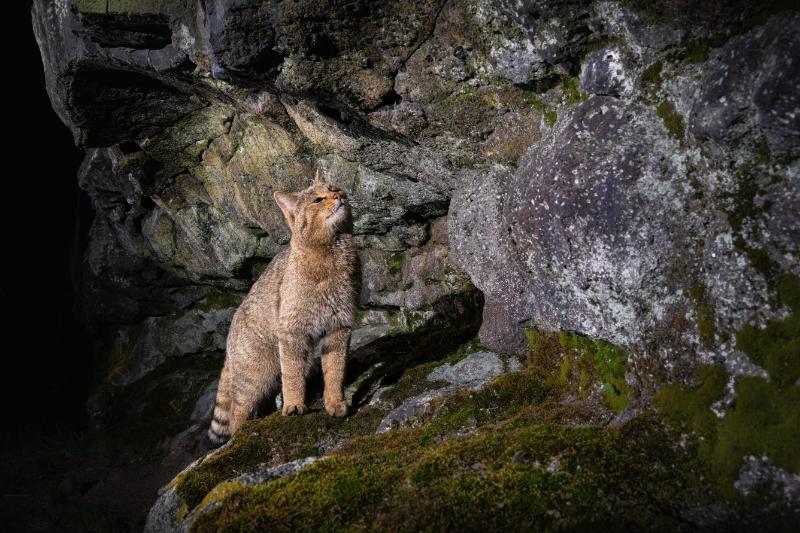If you’re fascinated by the allure of the wild, bobcat hunting might appeal to your adventurous side. A unique challenge that combines stealth, patience, and a deep understanding of the animal kingdom, it’s an activity that takes you straight to the heart of nature, offering experiences like no other.
Demystifying the Bobcat

Bobcats are remarkable creatures. Deceptively muscular and agile, these medium-sized wildcats sport coats in shades of brown or grey, bearing distinct black markings. The males, generally larger, can often weigh up to 30 pounds. Their intriguing behaviors and territorial instincts make them fascinating subjects for hunting.
They’re creatures of habit, with their hunting peak typically falling during dawn and dusk. However, their adaptability allows them to thrive in an extensive range of habitats. Recognizing their patterns and understanding their behaviors significantly increase hunting success.
Ready for the Chase
Proper preparation is integral to successful bobcat hunting. Familiarizing yourself with local regulations, getting licensed, and choosing the right season are all part of the deal. In addition, it’s crucial to have the right gear.
- Camouflage clothing
- Bobcat hunting calls
- Comfortable seating
Strategy in Action
Once you’re out in the wilderness, patience becomes your greatest ally. You might need to wait for a considerable time before the bobcats respond to your calls. Therefore, choose a comfortable spot, ideally a tree stand offering a good viewpoint. Use bobcat hunting calls to mimic the distress sounds of their usual prey like rabbits.
See Related: Top Scariest Animals in Australia to Know
Trailing the Bobcat

An exciting alternative strategy involves trailing the bobcats. Recognizing frequent bobcat trails can guide you to successful hunting encounters. Installing tree stands near these trails can enhance chances of spotting them. Make sure to vary your hunting techniques to maximize your opportunities
Safety First
Regardless of their size, bobcats are still wild creatures that can pose a threat if provoked. Maintaining a safe distance and using appropriate safety equipment are fundamental. The wilderness is home to many other animals, some potentially more dangerous. Therefore, always carry a first aid kit, and let alertness be your constant companion.
Conclusion
The exciting world of bobcat hunting awaits you. This fascinating venture, a beautiful blend of human hunting instincts and careful strategies, can be a truly immersive experience. Equipped with the right knowledge, gear, and patience, you can dive into your first hunting adventure. We look forward to hearing your tales from the wilderness.
Related Resources: